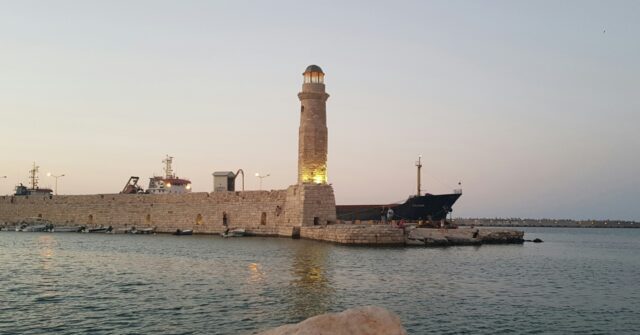A recent incident off the coast of Crete highlights the ongoing migrant crisis as Greek authorities reported the rescue of 75 migrants from a distressed vessel in the Mediterranean Sea. The group, believed to have originated from eastern Libya, was picked up by a merchant ship after sending out a distress signal. Following the rescue, they were escorted by a coast guard patrol boat to a port in southern Crete. The incident underscores the perilous journey many migrants undertake in their quest for a better life in Europe, and shows the significant role of the Mediterranean Sea as a migration route for those fleeing conflict, economic hardship, and instability in their home countries.
The recent surge in migrants traveling from North Africa to Europe has turned the route through Libya and across the Mediterranean into a crucial pathway for asylum seekers this year. Greek authorities have observed that many migrants, having endured perilous conditions and high costs, are entrusting their lives to smuggling networks. Those who have successfully made the journey report paying as much as 9,000 euros (approximately $9,800) to smugglers for passage. This alarming trend reflects not only the high demand for illegal migration routes but also the lengths people will go to escape dire circumstances. Each crossing puts their lives at risk, as the Mediterranean is notorious for its treacherous waters and unpredictable weather.
According to the United Nations refugee agency, over 3,500 individuals have made the dangerous crossing from Libya to Europe so far this year, contributing to the overall figure of approximately 42,000 individuals who have entered Greece illegally. Migrants typically arrive at Greece by various routes, with many making their way across the eastern Aegean Sea Islands from Turkey in smaller boats. While the journey from Libya to Crete is arduous and can take at least two days, a fast smuggling boat from Turkey can reach its destination in under an hour, illustrating the varying degrees of risk and strategy utilized by migrants and smugglers alike.
Italy continues to be the primary European destination for irregular migration, with more than 51,000 arrivals recorded this year. The country’s central Mediterranean route remains popular among migrants due to its relative accessibility despite strict border controls and frequent attempts to intercept such crossings. At the same time, Spain has also seen a significant number of arrivals, highlighting the broader movement of people across the Mediterranean and the shifting dynamics of migration patterns in Europe amidst ongoing crises.
Moreover, these statistics reflect a concerning trend of expanded migration routes and highlight the interconnectedness of global displacement issues. The increasing number of migrants navigating these perilous waters not only illustrates the humanitarian crisis at play but also poses challenges for European countries in terms of immigration policy, refugee processing, and humanitarian assistance. As nations grapple with the implications of increased migration, the need for coordinated responses and international cooperation becomes critical in addressing the root causes of migration and ensuring the safety of those seeking refuge.
As the situation evolves, authorities and organizations are calling for more robust strategies to tackle the issues surrounding irregular migration effectively. This includes prioritizing the safety and rights of migrants, enforcement of existing international laws, and providing safe, legal pathways for those in need of asylum. The ongoing tragedies in the Mediterranean serve as a reminder of the urgent need for action and compassion toward those who are risking everything in search of a better future. As the story of the 75 rescued migrants unfolds, it emblemizes the broader struggles faced by countless others embarking on similar journeys across dangerous waters.

